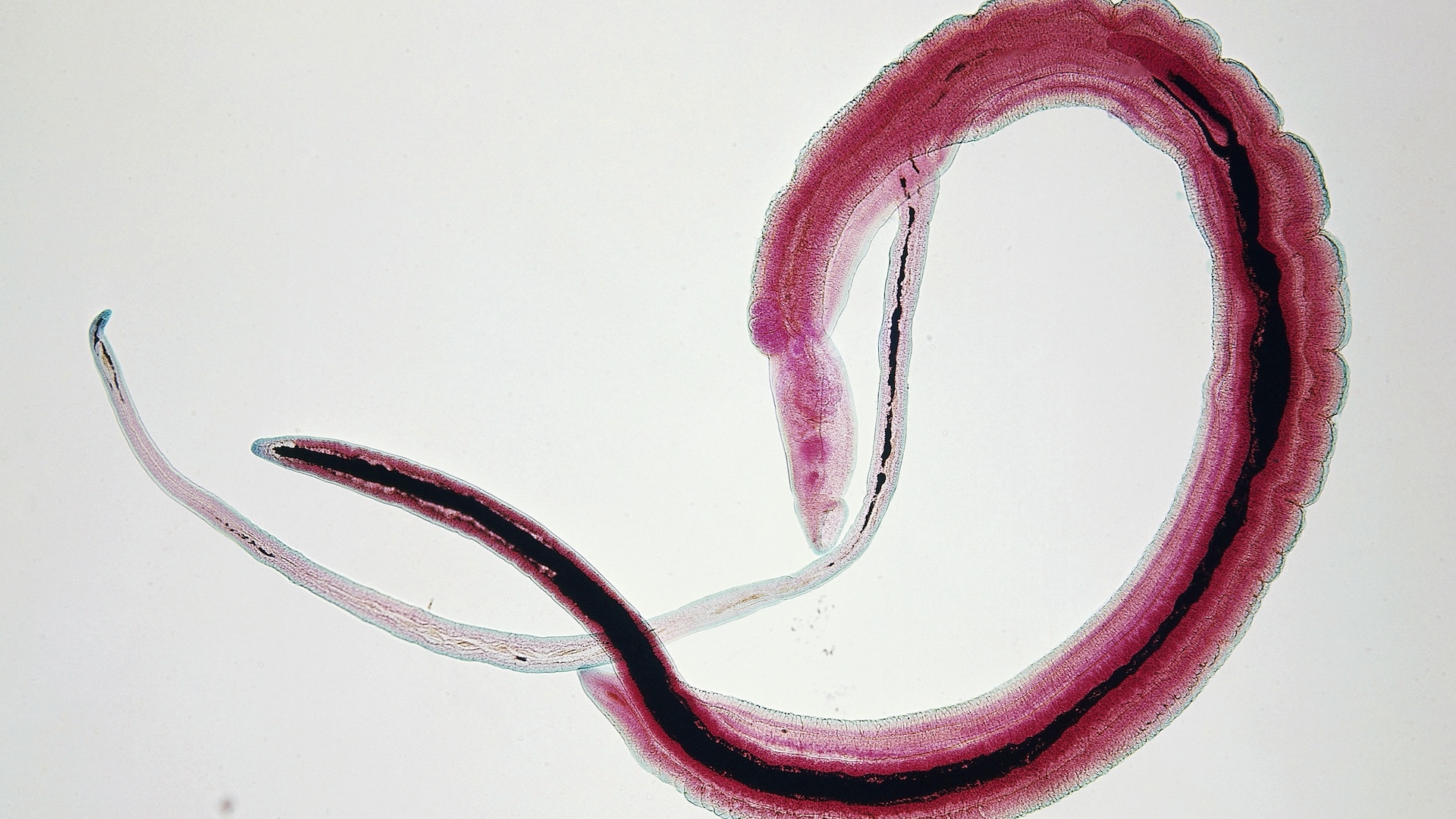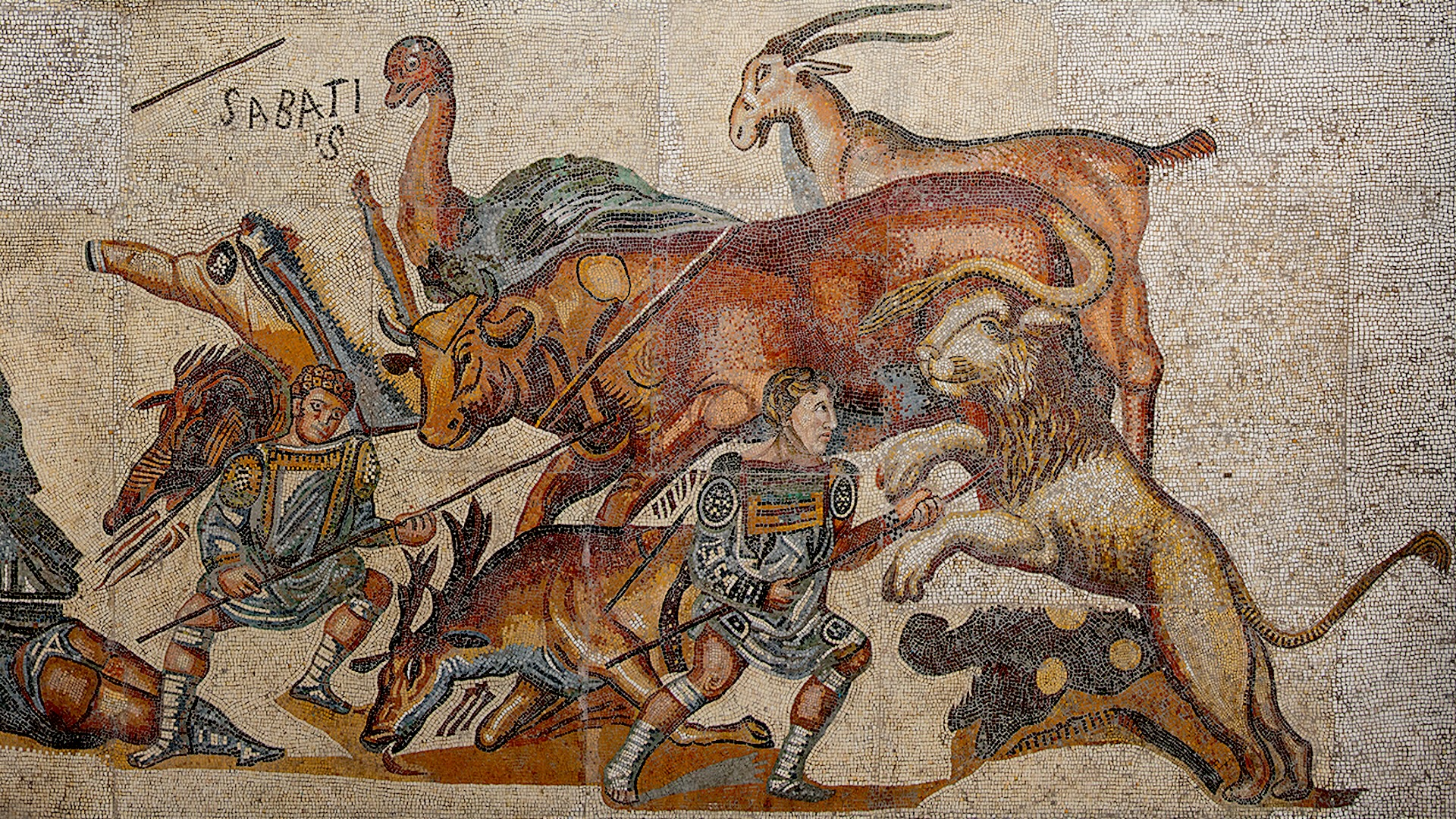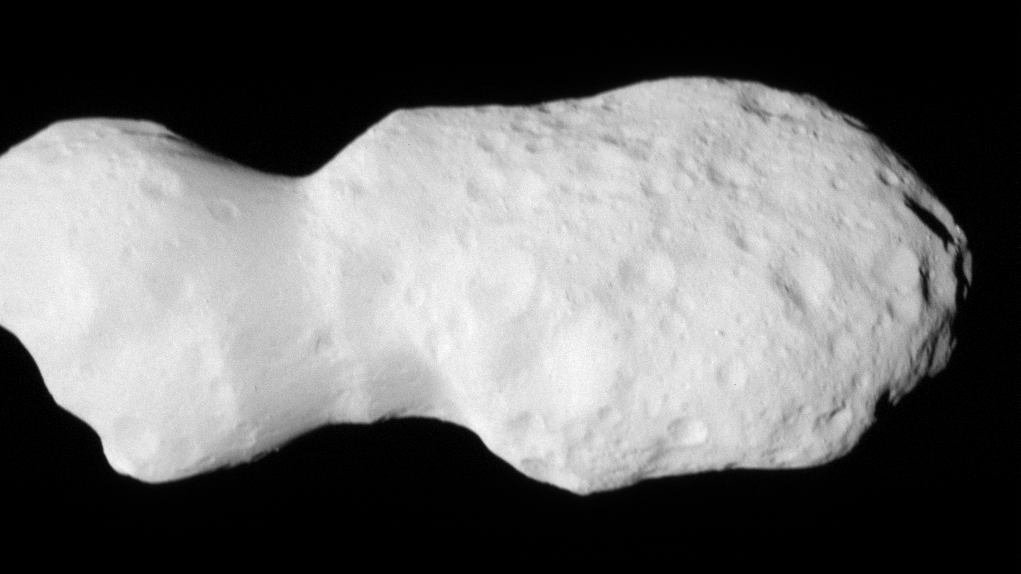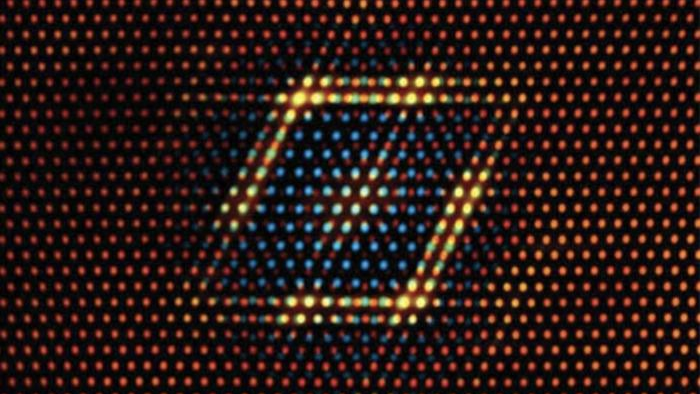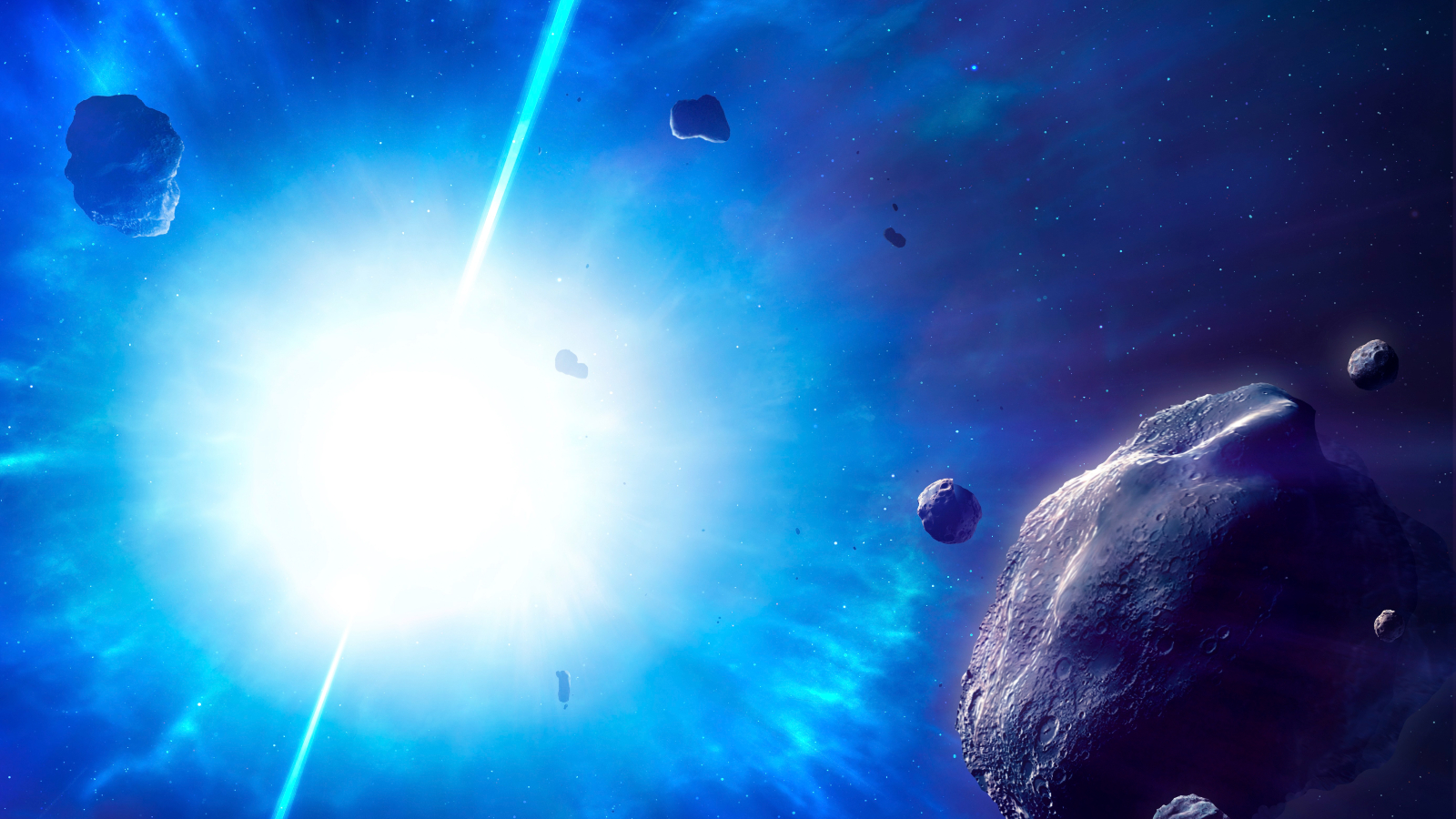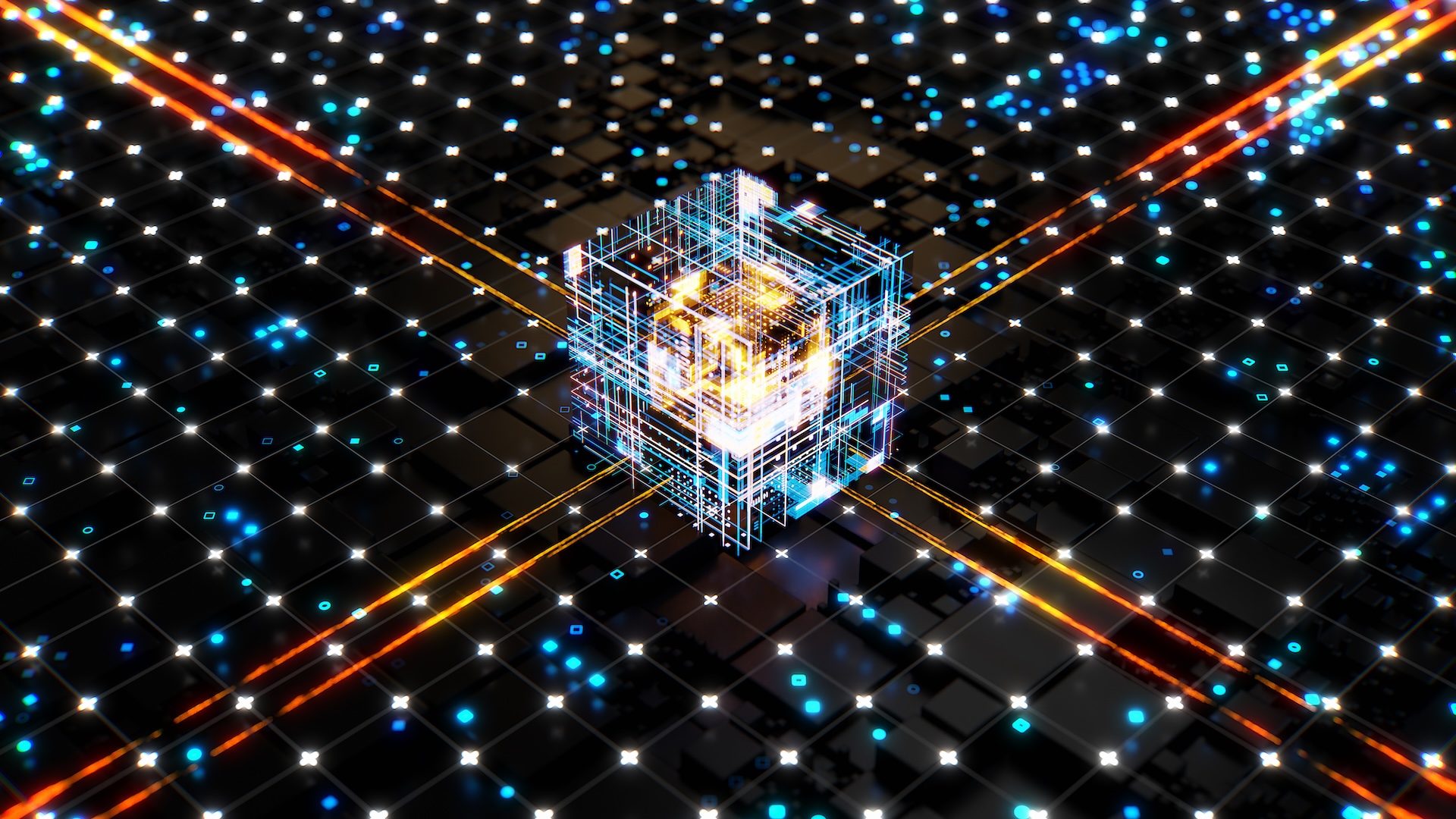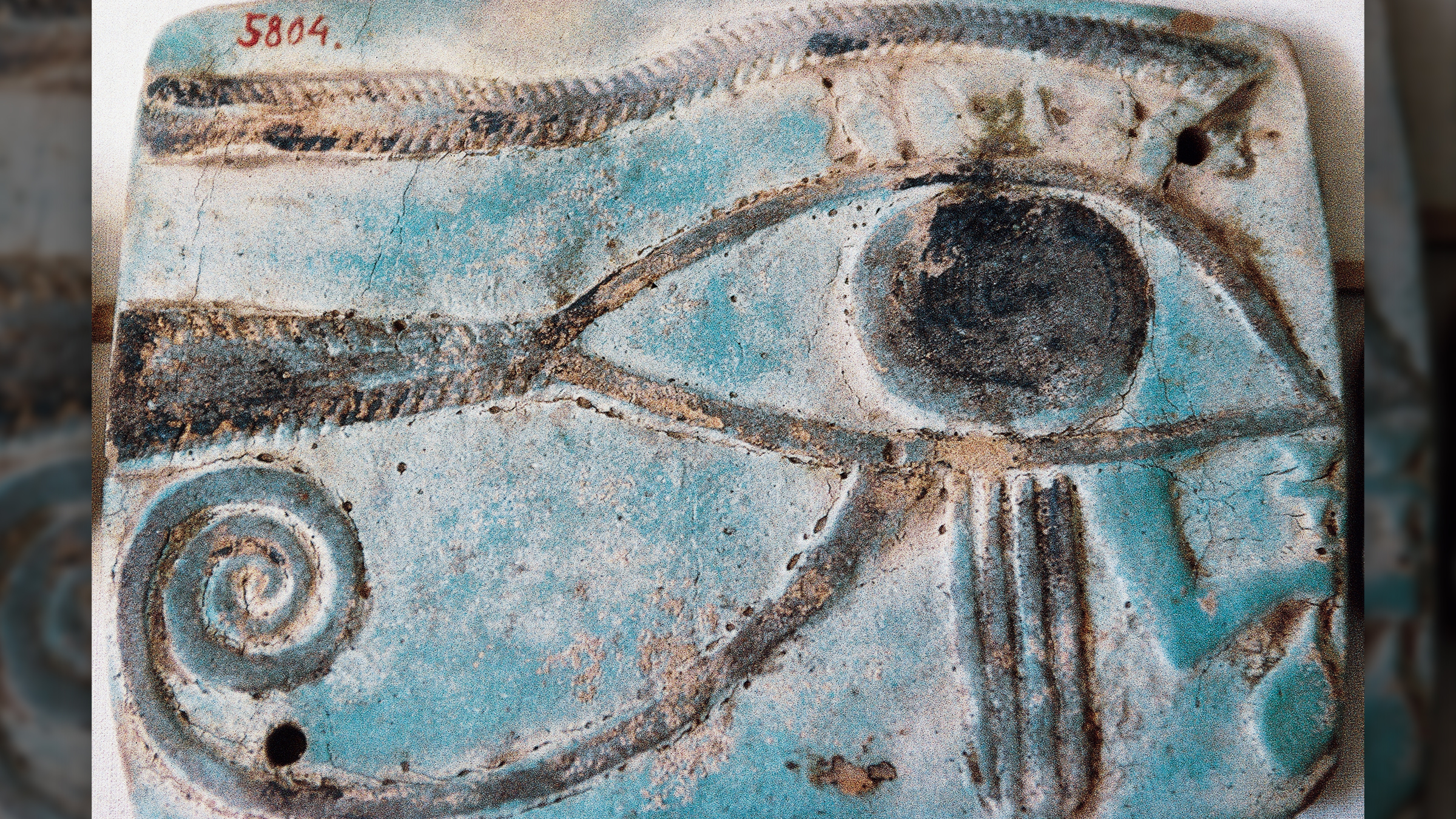'Our model of cosmology might be broken': New study reveals the universe is expanding too fast for physics to explain
Astronomers have been confounded by recent evidence that the universe expanded at different rates throughout its life. New findings risk turning the tension into a crisis, scientists say.
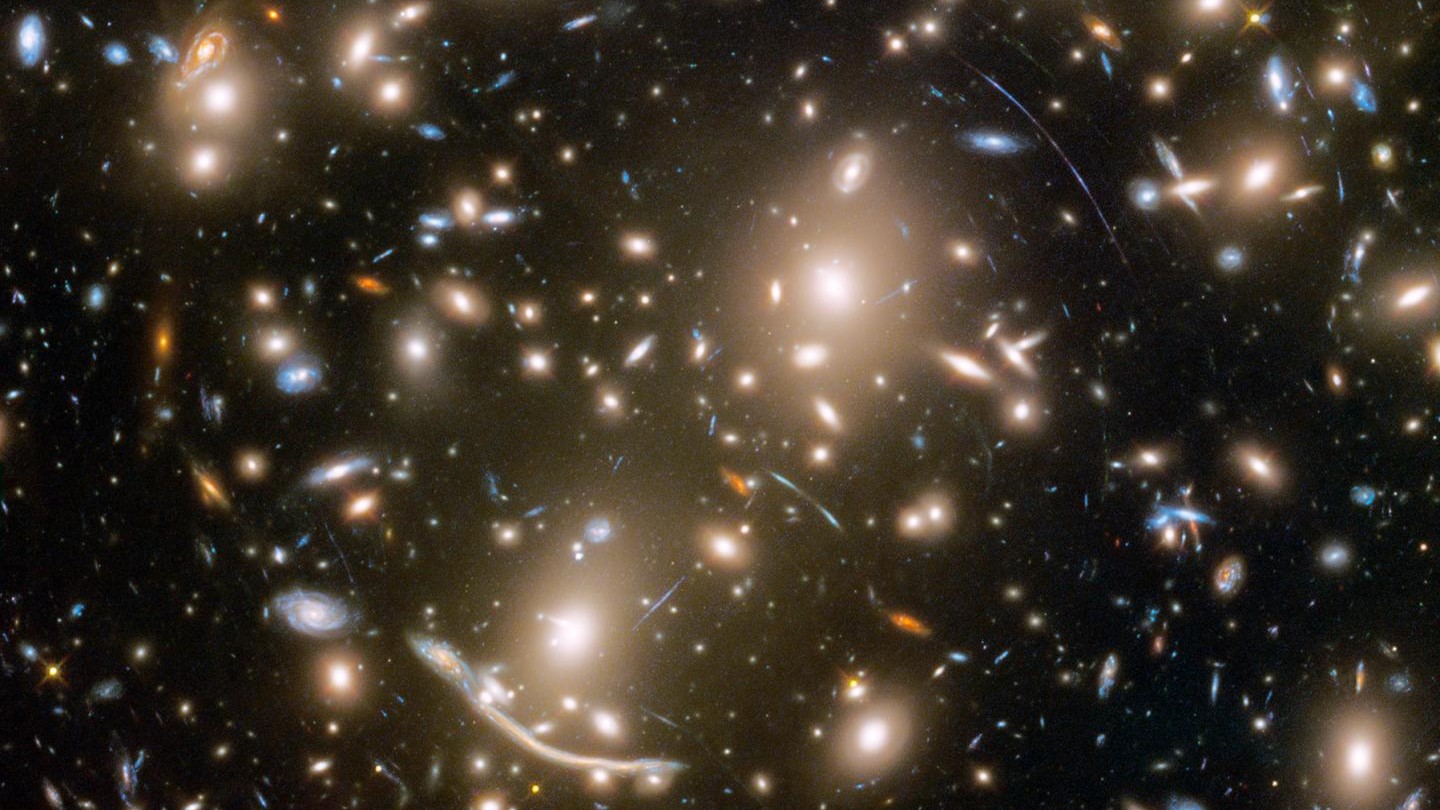
The Hubble tension just got tenser — with new measurements revealing that the universe is expanding faster than our current understanding of physics can explain.
Over the past decade, cosmology has been embroiled in a growing crisis. Fuelling it are observations, first made by the Hubble Space Telescope and later by the James Webb Space Telescope, that the universe is expanding at different rates depending on where astronomers look.
Now, new results using a galaxy cluster in our own cosmic backyard have further confirmed the discrepancy, opening cosmology up for a major rewrite. The researchers published their findings Jan. 15 in The Astrophysical Journal Letters.
"The tension now turns into a crisis," lead author Dan Scolnic, a professor of physics at Duke University, said in a statement. "This is saying, to some respect, that our model of cosmology might be broken."
There are two gold-standard methods for working out the Hubble constant — the value that quantifies the speed of the universe's expansion. The first is taken by measuring tiny fluctuations in the cosmic microwave background (CMB) — an ancient snapshot of the universe's first light contained within microwave static produced just 380,000 years after the Big Bang.
Related: 'It could be profound': How astronomer Wendy Freedman is trying to fix the universe
The second method operates at closer distances (in the universe's later life) using pulsating stars called Cepheid variables. Cepheid stars are slowly dying, and their outer layers of helium gas grow and shrink as they absorb and release radiation, making them flicker like distant signal lamps.
Sign up for the Live Science daily newsletter now
Get the world’s most fascinating discoveries delivered straight to your inbox.
As Cepheids get brighter, they pulsate more slowly, enabling astronomers to measure the stars' intrinsic brightness. By comparing the actual star brightness to their observed brightness from Earth and using Type Ia supernovae (which explode with the same luminosity everywhere) as anchors, astronomers can chain Cepheid readings into a "cosmic distance ladder" to peer deeper into the universe's past.
But this is where the headache begins. Using the European Space Agency's Planck satellite to measure CMB, cosmologists obtained a Hubble constant of roughly 67 kilometers per second per megaparsec (km/s/Mpc).
This result, alongside other measurements of the early universe, aligned with predictions made by the standard model of cosmology. But it has been swiftly contradicted by Cepheid distance ladder measurements that revealed an expansion rate of 73 km/s/Mpc — a value far outside of the error range of the Planck measurements, and a clear indication that the universe is expanding far faster than theory permits.
Astronomers have offered various explanations for the cause of the disagreement, with some attempting to tease out possible systematic errors within the results. Meanwhile, others cemented the tension further with increasingly precise distance ladder measurements.
To investigate the tension further, the team behind the new study used a distance ladder made with data taken from the Dark Energy Spectroscopic Instrument (DESI), which pinpoints the monthly positions of millions of galaxies to study how the universe expanded up to the present day.
Yet while the original DESI data produced a similarly troubling result for the standard model of cosmology — a Hubble constant of 76.05 km/s/Mpc, even further outside of the error range of the Planck measurements — uncertainties over the distance to its ladder's first rung at the nearby Coma galaxy cluster muddied the findings.
"The DESI collaboration did the really hard part, their ladder was missing the first rung," said Scolnic. "I knew how to get it, and I knew that that would give us one of the most precise measurements of the Hubble constant we could get, so when their paper came out, I dropped absolutely everything and worked on this non-stop."
To firm up the DESI estimate, Scolnic and his team studied 12 different Type Ia supernovae dotted across the Coma cluster. They found that the cluster is sitting roughly 320 million light-years from Earth — an estimate that landed dead in the middle of previous measurements made in the last half century.
With its first rung more firmly fixed, the updated distance ladder returned a result of 76.5 km/s/Mpc, further confirming the tension and its potential to undo the standard model of cosmology. Yet what could replace or modify the 40-year-old-theory remains unclear.
"We're at a point where we're pressing really hard against the models we've been using for two and a half decades, and we're seeing that things aren't matching up," Scolnic says. "This may be reshaping how we think about the Universe, and it's exciting! There are still surprises left in cosmology, and who knows what discoveries will come next?"

Ben Turner is a U.K. based staff writer at Live Science. He covers physics and astronomy, among other topics like tech and climate change. He graduated from University College London with a degree in particle physics before training as a journalist. When he's not writing, Ben enjoys reading literature, playing the guitar and embarrassing himself with chess.
